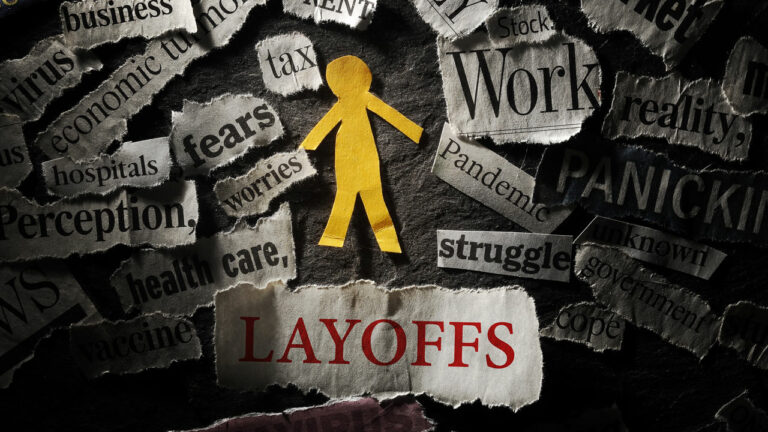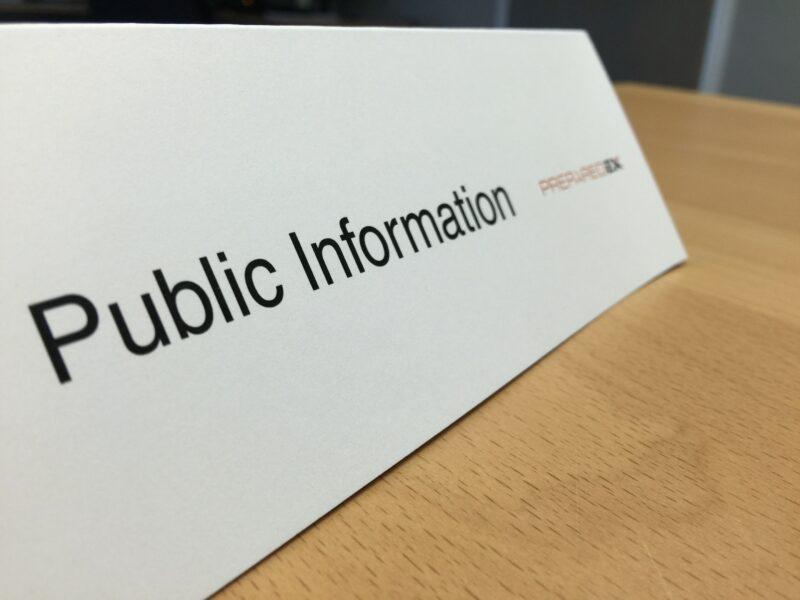When CEOs Face the Storm: 12 Lessons in Crisis Leadership
We design, deliver, and evaluate numerous crisis simulation exercises for executive teams each year, rigorously testing leadership strategies under high-pressure scenarios. Drawing from insights gained across this year’s exercises, including 12 executive-level sessions, we’ve uncovered invaluable lessons on how top leaders navigate uncertainty, make critical decisions, and guide their organizations through crises. 1. Top Leaders…








